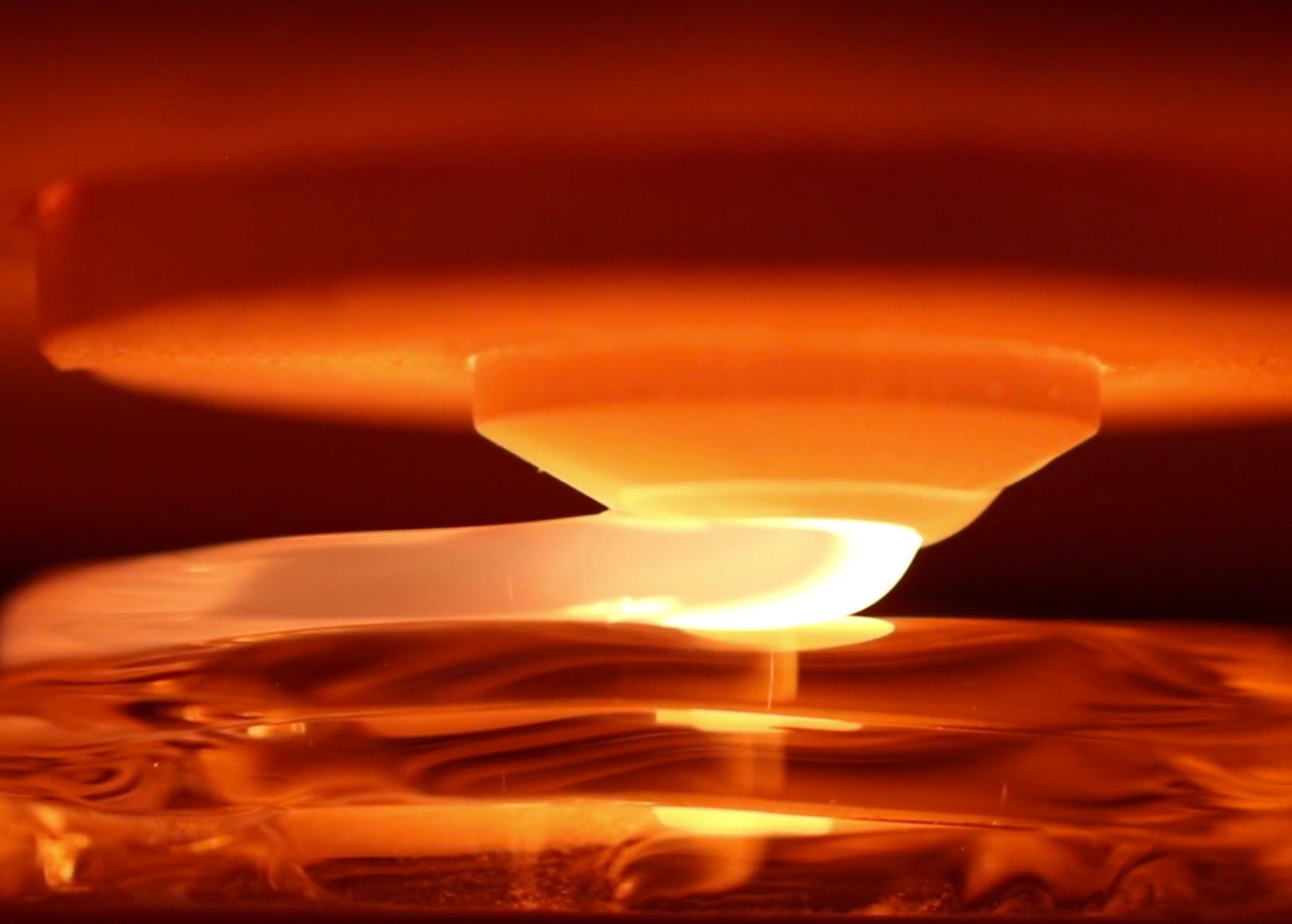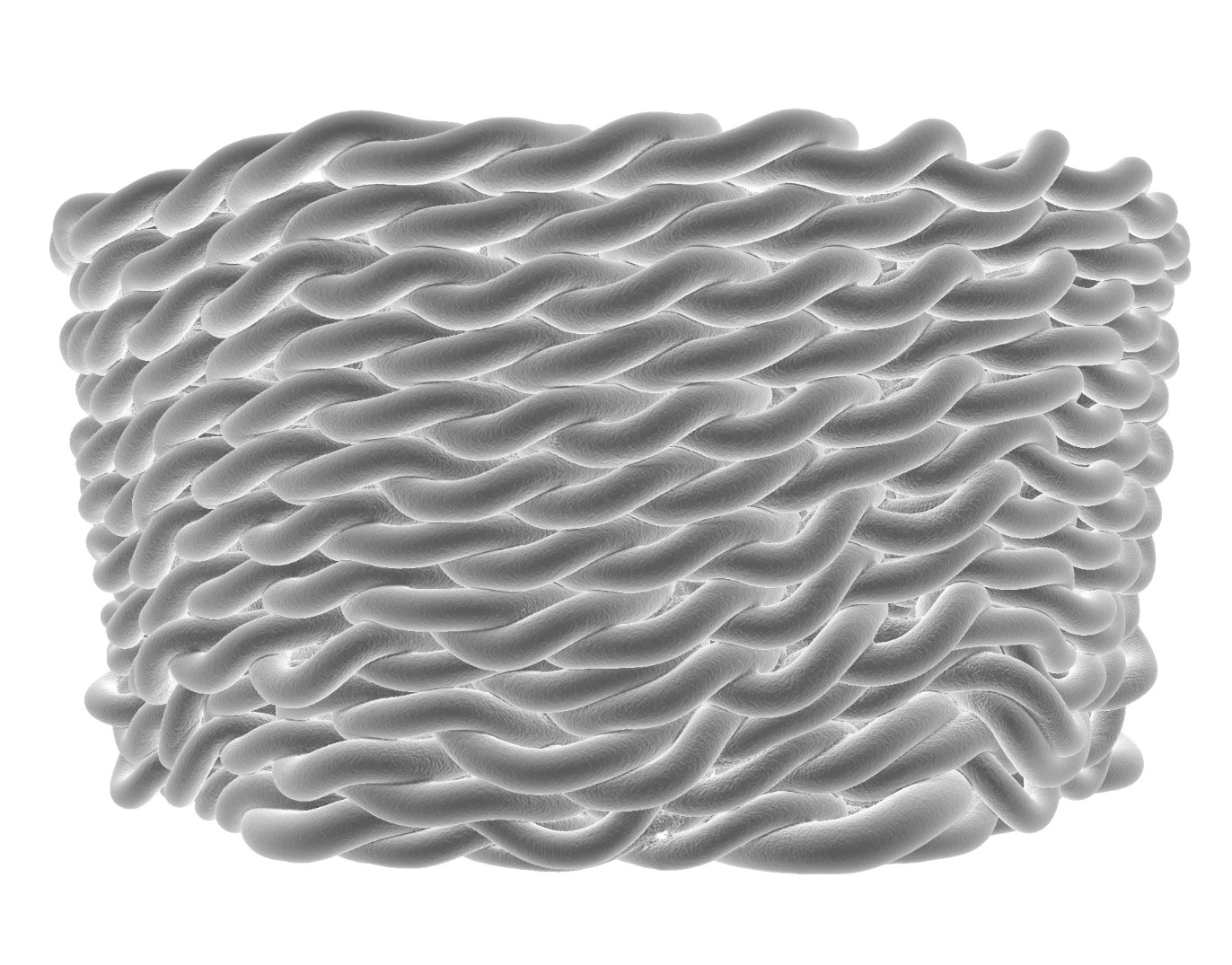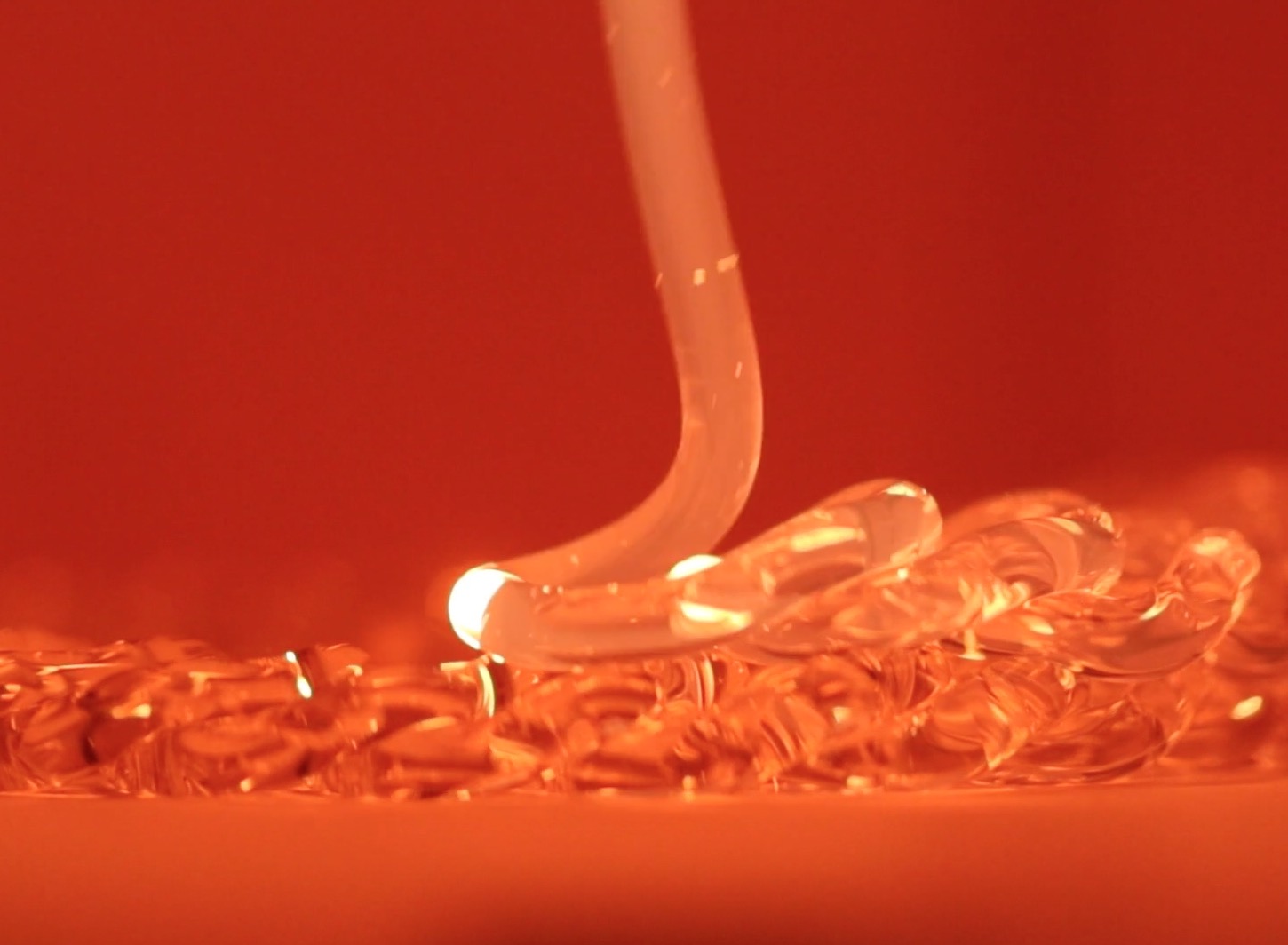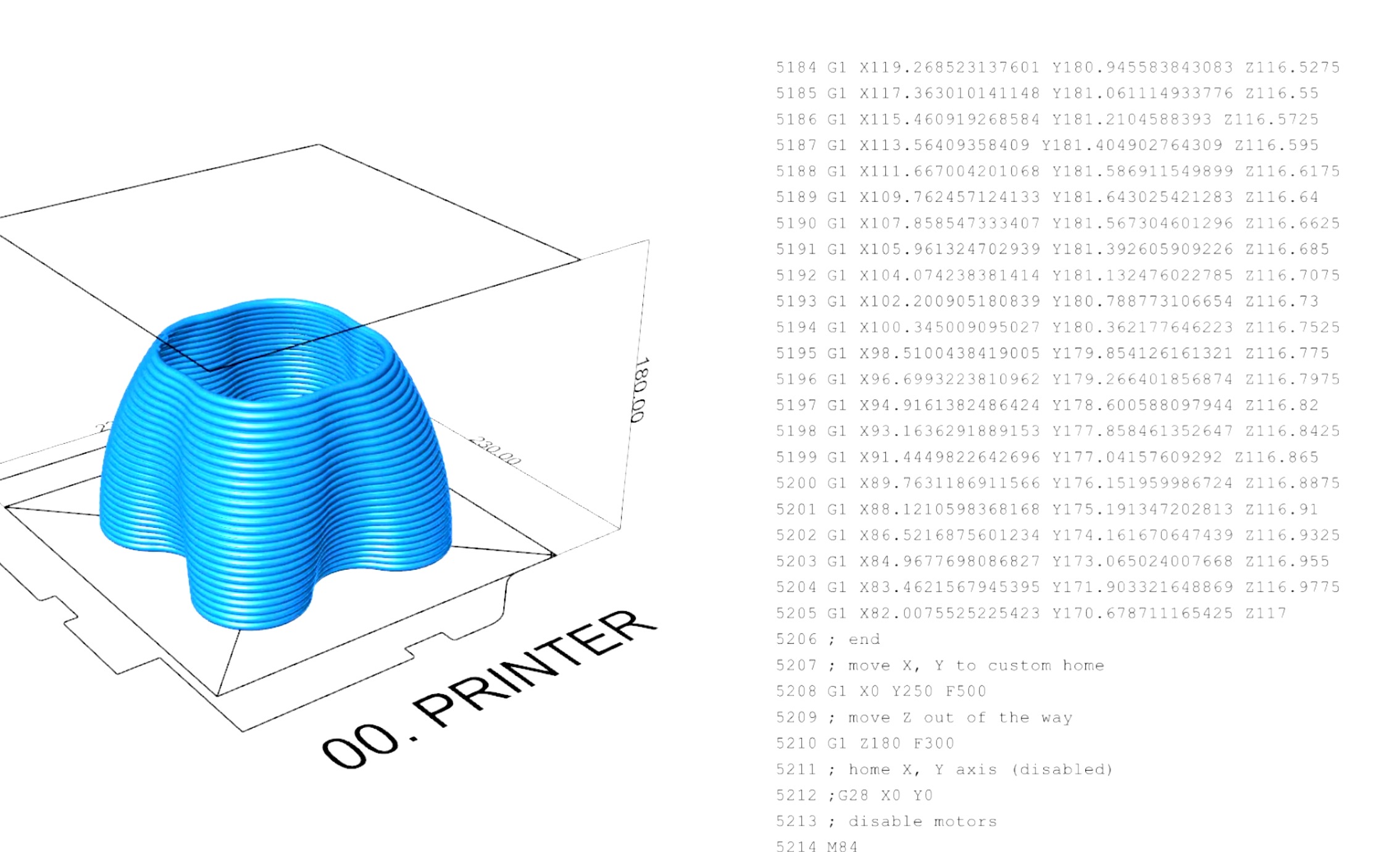
Researchers at MIT unveiled an incredible new 3D printing process that uses glass as the print material. We’re asking some questions about its capabilities.
The new process is described as a way to 3D “print optically transparent glass”, and it’s called “G3DP”, or “glass 3D printing”. G3DP offers some very interesting capabilities, but also seems to have a number of constraints.
How does it work? The main problem is that glass requires a very high temperature to become fluid and suitable for 3D printing: G3DP involves an upper chamber that heats the input glass material (which we presume is powder or small chips) to the astonishing temperature of +1900F (+1037C). This is a temperature far higher than any other we’ve heard of for a 3D printer. A second lower chamber is used to “anneal the structures”, which is a required process to ensure the resulting solid glass is strong. Basically, it is a controlled slow cool.
Finally, the annealed glass is slowly extruded through a specialized hot end made from alumina, zircon and silica, as conventional hot ends would not survive the temperatures.
There are more twists to G3DP: you can 3D print truly optically transparent glass and even introduce color variations. They say:
The tunability enabled by geometrical and optical variation driven by form, transparency and color variation can drive; limit or control light transmission, reflection and refraction, and therefore carries significant implications for all things glass.

Here we see an example of an interesting light pattern produced by a G3DP-printed object.

No doubt this technology will enable the production of glass objects that are not possible to manufacture using current glass techniques, such as this incredible glass object, but as with every 3D printing process, there are no doubt a number of constraints. Here’s what we noticed:
The print speed seems quite slow, but is likely a requirement of the viscosity of the annealed glass. As you can see in the video above (at least in the not-speeded-up portions), it’s not the fastest 3D printing process. This could create production bottlenecks, or raise production prices if parallel printing is required.

The extrusion thickness seems quite large. All of MIT’s example prints seem to have about the same extrusion thickness, so we suspect that is the capability of the machine. By counting layers in their example it would appear the layer size is something close to 5.0mm, more than ten times the size of even the worst plastic 3D printer! This implies there will always be a highly-visible surface texture on all G3DP prints.
However, the surface texture could be an advantage, as the lighting example above shows.

All of the G3DP prints seem to be “continuous”. The example catalog of shapes they’ve apparently tested are all “vase-like” and thus capable of being printed in a continuous spiral motion.
In fact, if you look at the GCODE presented in their video, you can see that the Z-axis location is gradually incremented, in this case around 0.02mm per step, just what you’d want to form a continuous spiral.
While there’s nothing wrong with spiral prints, we’re wondering if this process can do anything OTHER than spiral prints? There seems to be no examples of “start / stop” extrusion, a critical requirement for almost any 3D printed geometry. It may be that the thermal requirements for the upper and lower chambers require the material to be extruded immediately and continuously, creating a pretty severe restriction in use.

The build volume of the prototype G3DP printer is not large: 230 x 230 x 180mm, the size of a healthy desktop 3D printer. Thus, at least with the prototype, you will only be able to produce smaller glass objects. It’s likely, however, that there should be easy ways to feed a lot more glass material into the process, should the build volume be increased in future models.
So, while this is an amazing development, we expect G3DP to find a place among other 3D printing processes – each of which has its own set of capabilities and constraints. The secret to 3D printing is to select the right process for the application. MIT’s G3DP adds more capabilities to the toolkit, once it is commercialized.
Via MIT

